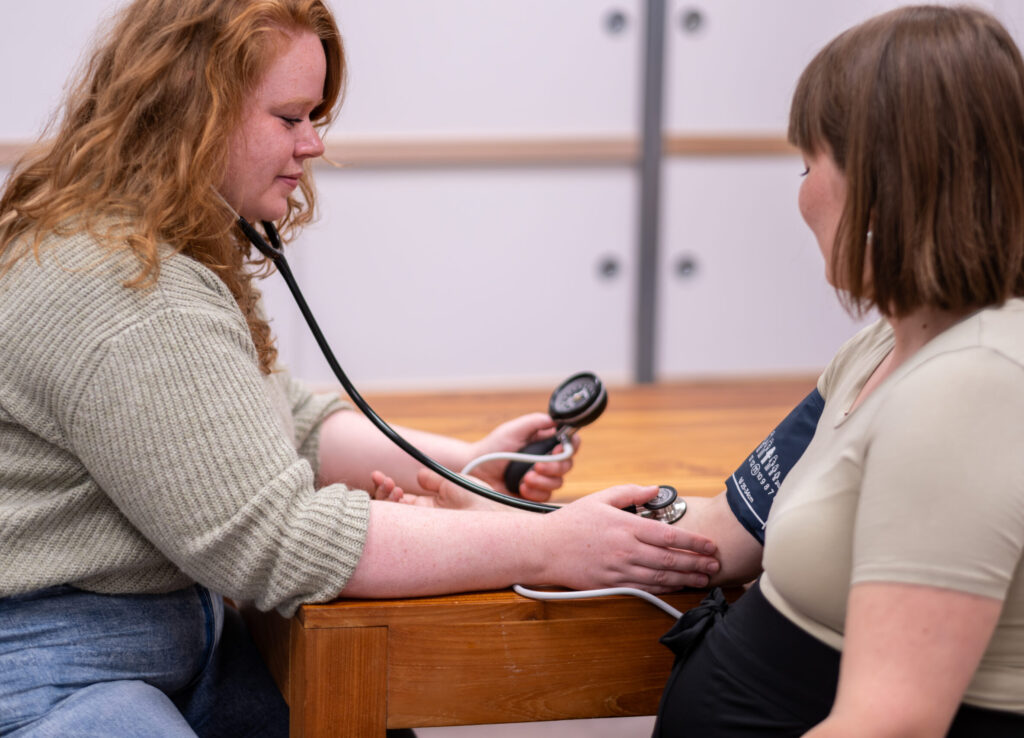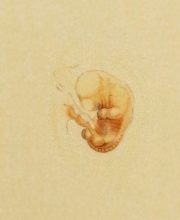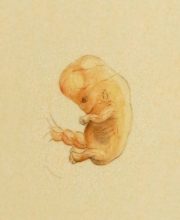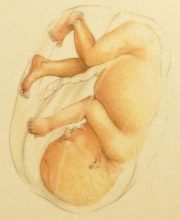020-8203474 | info@verloskundigeinamsterdam.nl
Click on an image above to see what happens in the weeks of pregnancy
31-36 weeks
In the third trimester, both the baby and your belly will undergo significant growth. Sometimes, this growth is noticeable in the baby’s movements, which may feel more like sliding motions than kicking. Furthermore, the baby may experience hiccups in the womb, as the baby practices swallowing during this phase. Your maternity leave is approaching, and it is time to prepare for the upcoming childbirth and the postpartum period.
- Make and discuss a birth plan
- Prepare a hospital bag
- Arrange a babysitter for older children during childbirth
Appointments with the midwife
Between the 30th and 36th week of pregnancy, you will have check-ups with the midwife every two weeks. Most babies will position their heads downward from around 30 weeks onwards, gradually descending into the pelvis. The descent of the baby’s head into the pelvis, known as engagement, may cause uncomfortable stabbing pains near the pubic bone and/or vagina. However, the timing of engagement does not indicate when the baby will be born.
Around 35-36 weeks, we offer an additional check, a position ultrasound, alongside the midwife appointment. During this ultrasound, we check if the baby is in a head-down position (cephalic presentation), and if needed, we measure the baby’s growth and the amniotic fluid.


Preparing for childbirth
Effective preparation can be beneficial during labor. Besides the option of taking a childbirth class, it is also helpful to educate yourself about childbirth. This includes various pain management techniques, birthing positions, and decisions about the location of the delivery. You can document your preferences in a birth plan, allowing involved healthcare providers to consider your wishes.
Around 34 weeks pregnancy, we schedule an extended appointment at the practice to discuss your preferences. Furthermore, we provide you instructions about when to contact us once labor begins. We will address any questions or concerns you may have.
- Make and discuss a birth plan
- Prepare hospital bag
- Arrange a babysitter for older children during childbirth






